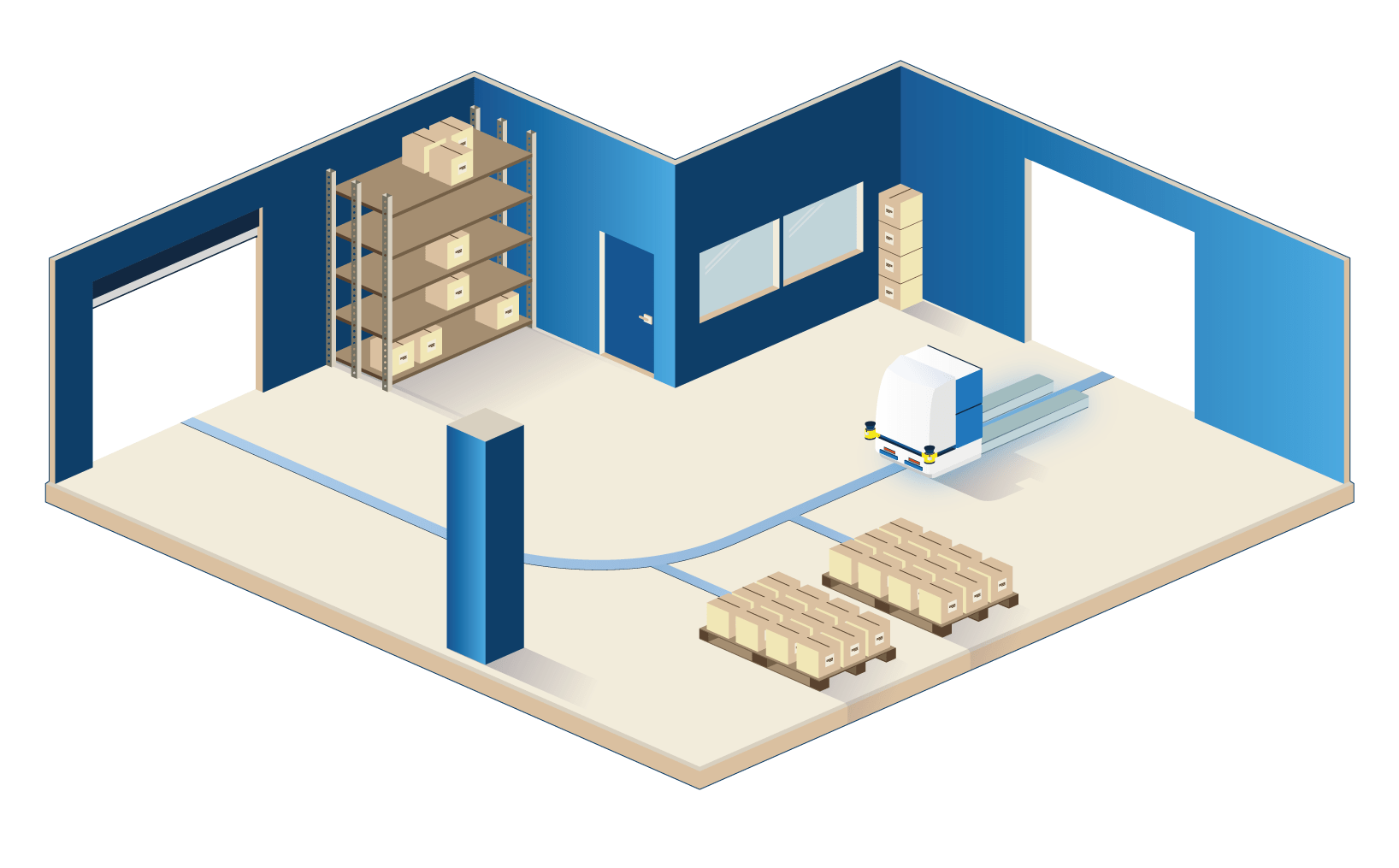FarEye, a global last-mile technology platform, hosted the Last-Mile Leaders Event on April 19th at the Jaypee Hotel in Greater Noida, India, in collaboration with Microsoft. The event brought together an exceptional gathering of supply chain leaders and industry experts from all over the world under one roof. The event centered around the theme of profit, people, and the planet. Over 40 supply chain experts from more than 20 countries, representing diverse industries including retail, logistics, postal, consumer packaged goods (CPG), and pharmaceuticals, came together to explore the transformative potential of technology in driving cost reduction in the logistics sector.
Kushal Nahata, Co-founder and CEO of FarEye kicked off the event with a bold keynote, envisioning a future where autonomous drones revolutionize urban deliveries, reducing times and costs significantly. He claims, “Within the next five years, autonomous drones will handle 30% of urban deliveries, reducing delivery times and costs dramatically.”
He encouraged industry leaders to challenge conventional practices and work together to build a sustainable, affordable, and customer-centric future. The event featured a variety of sessions, including fireside chats, and roundtable discussions, alongside numerous networking opportunities. The event encompassed the entire spectrum of the supply chain and logistics industry, addressing topics including leveraging AI in the last-mile, unlocking last-mile excellence through data-driven insights, revolutionizing the last-mile for the ultimate consumer experience, and more. Making sustainability a focus in the last-mile, was another pivotal theme.
Nahata emphasizes: “With urban delivery traffic projected to increase carbon emissions by 32% by 2030, prioritizing sustainability is non-negotiable. The surge in electric vehicle adoption and government initiatives like the FAME scheme, reflects a visible shift towards greener logistics in India. As industry leaders, we must place sustainability at the front and center, meeting environmental and stakeholder expectations. FarEye’s collaborations have already slashed up to 550 K Metric Tonnes of GHG emissions annually and saved over 600 million miles. It’s clear: sustainable logistics isn’t just a choice; it’s our collective responsibility and competitive advantage.”
Dr. Ajai Chowdhry, Co-founder of HCL and Chairman of the Mission Governing Board of the National Quantum Mission of India, joined the event as the Guest of Honour. He remarked “In today’s era, where AI stands as the foremost game-changer across all sectors and industries, it is truly exciting to see supply chain leaders from around the world coming together for discussions on leveraging AI in last-mile logistics. FarEye has been leading the charge in utilizing cutting-edge technologies, including AI, to empower businesses in the logistics sector and has established itself as a leader in the last-mile industry.”
Bart De Muynck, Industry Expert, Advisor & Founder of Better Supply Chain said “This event presented a great opportunity to discuss what’s really needed for the logistics industry to change significantly in the next few years. Unification of systems, improving transparency, data standardization, and collaboration, were amongst the topics we discussed with leaders. Participants agreed that technology can help significantly in improving logistics and FarEye is perfectly positioned to help companies achieve this new era of logistics efficiency.”
The groundbreaking initiative at the event was the last-mile Innovation Nexus, which served as the epicenter of logistics innovation, providing a direct platform for promising logistics startups to engage with industry leaders, fostering connections and catalyzing progress. Guiding this journey were esteemed industry experts like Deepak Gaur from Elevation Capital, Sushil Sharma from Marwari Catalysts, Arpit Agarwal from Blume Ventures, and Gautam Kumar from FarEye.
Commenting on the initiative, Nahata said “The last-mile Innovation Nexus wasn’t just a showcase; it was a launchpad for startups to secure transformative partnerships. It was also exciting to see the surge in the adoption of AI, robotics, and embedded data analytics, all geared toward enhancing the efficiency and effectiveness of logistics operations. These technologies are not just trends; they are driving forces behind the evolution of our industry. We are proud to support the vision of young founders and their dedication to building robust organizations. The passion for driving change and creating impact is palpable.”
Strengthening the company’s efforts towards reducing logistics costs, the event saw the launch of the Last-Mile Trends Report 2024 which unveiled pioneering perspectives into the future of last-mile delivery. Drawing from insights gathered from over 300 leaders across five continents, representing companies with a combined revenue exceeding $100 billion. The report highlights crucial factors influencing the sector’s strategic decisions and market dynamics including:
● The Perfect Delivery: the needle has shifted from cost and satisfaction to cost and speed with 54 percent claiming to deliver the same day/next day compared to less than 35 percent last year.
● Cost is top of mind: 80 percent of supply chain leaders believe measuring the cost of delivery is a top priority as compared to only 50 percent last year.
● Top drivers of cost: For organizations with outsourced fleets, 56% said carrier performance is the biggest challenge, while 43 percent cited routing as the primary obstacle in matching the
promise of delivery speed.
Overall FarEye’s Last-Mile Leaders Event stands as a testament to the collaborative efforts required to drive innovation and transformation in the logistics sector. By setting the stage for cost reductions and transformative innovations, it lays the foundation for a more efficient and sustainable future in logistics.
read more












